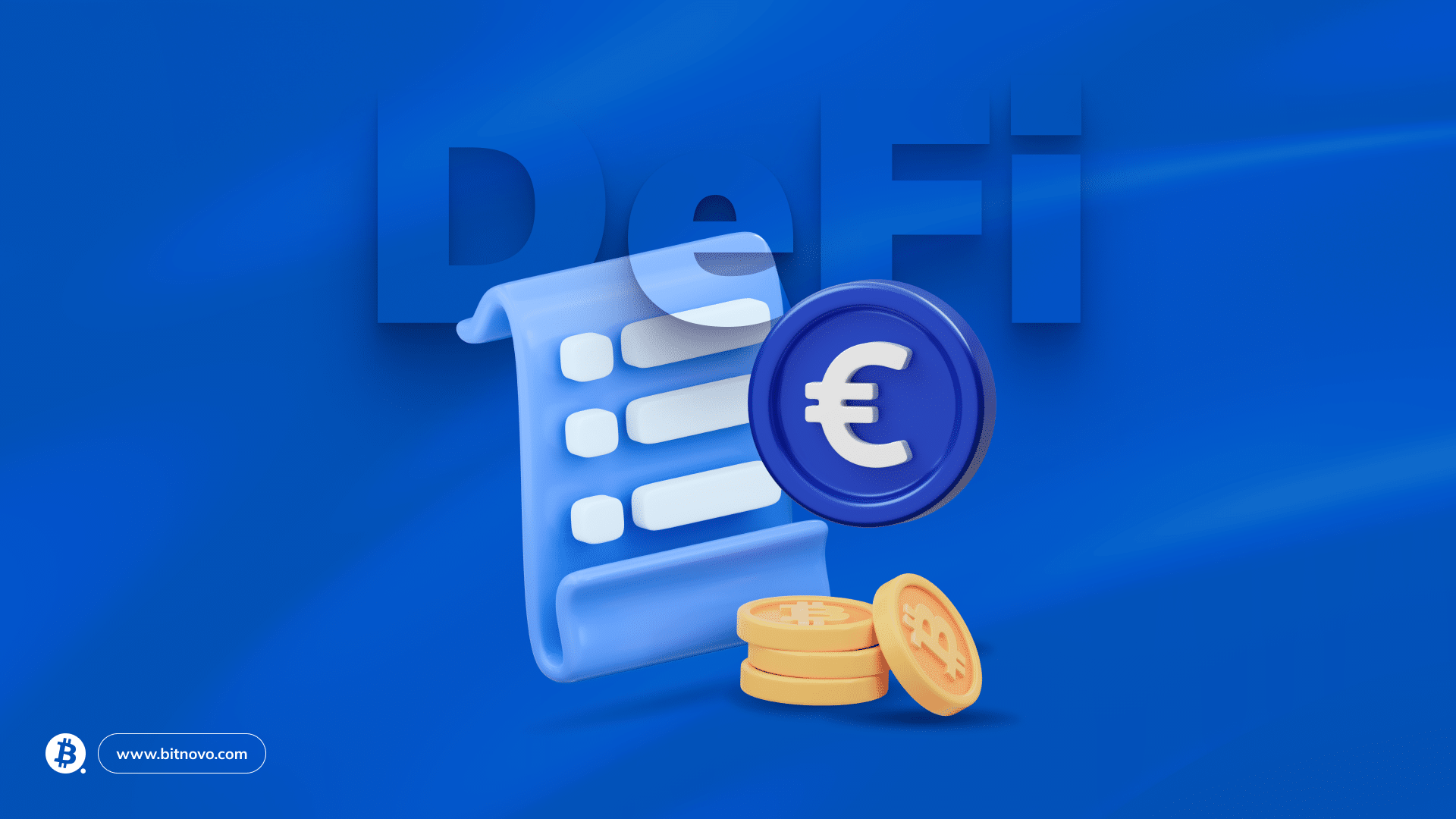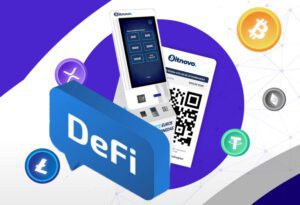
Table of Contents
ToggleOften, unexpected expenses force us to dip into our savings and investments. In such situations, one of the toughest decisions is whether or not to sell our investments, especially if we’re waiting for their prices to increase over time.
Fortunately, Decentralized Finance (DeFi) provides a solution to this dilemma: collateralized loans. These loans allow investors to maintain their market exposure while obtaining the liquidity they need. In this article, we’ll explore how these loans work and why they are becoming an increasingly popular option in the DeFi space.
What Are DeFi Collateralized Loans?
In essence, a DeFi collateralized loan is an agreement in which an individual provides a certain amount of cryptocurrency as collateral to a DeFi protocol and, in return, receives a loan in the form of another cryptocurrency or stablecoin. The collateral acts as insurance in case the borrower defaults. The larger the loan, the greater the required collateral.
If the borrower fails to repay the loan as agreed, the platform can automatically sell the collateral to cover the debt. Pay close attention to the loan terms because, being a smart contract, any default could result in the loss of all collateral. Note that most DeFi protocols require the collateral to be 1.5 to 3 times greater than the requested loan amount, so losing it would be very bad news.

How to Obtain a Decentralized Loan?
It’s worth noting that there are different protocols offering this type of service today. You should research thoroughly before choosing a platform because they not only offer different interest rates but also run on different blockchains, providing options where gas fees (transaction costs) are lower. The most commonly used platforms include Aave, Compound, Lido, among others.
Having made that clarification, here are the steps to obtain a decentralized loan:
Collateral Deposit: The user deposits a certain amount of cryptocurrency as collateral on the specific DeFi platform.
Loan Acquisition: Once collateral is deposited, the user can request a loan for a specific value in another cryptocurrency or stablecoin. Remember that the collateral is always greater than the loan amount.
Maintaining Collateral Ratio: This is crucial, especially when your collateral is in volatile cryptocurrencies like Bitcoin or Ether.
The platform sets a minimum “collateral ratio” that the user must maintain. If the value of the collateral (token price) falls below this threshold due to market volatility, the protocol can sell the collateral. To prevent this, you must either add more collateral or repay part of the loan.
Loan Repayment: From the beginning, a repayment period is established. Once repaid, including the due interest, the collateral is released.
Benefits of Collateralized Loans
While obtaining and correctly managing a collateralized loan can be somewhat complex, the benefits it offers are substantial.
First and foremost, it allows you to maintain market exposure. If, for any unexpected reason, you need fiat currency (euros) and don’t want to sell your Bitcoins, you can turn to this option.
Another benefit is that DeFi loans often offer flexible terms, including variable interest rates and customizable loan durations, catering to individual user needs.
One factor to consider is that, while collateralized loans with volatile cryptocurrencies can result in collateral liquidation, it can also happen that due to price increases, the loan is repaid solely with the profits from the collateral.
Conclusion
Collateralized loans are one of the many options that DeFi protocols offer. Always remember to do your research and only interact with reliable and audited platforms. The best DeFi projects have supportive communities, so if you have any doubts, we recommend reaching out to their Telegram or Discord channels.




